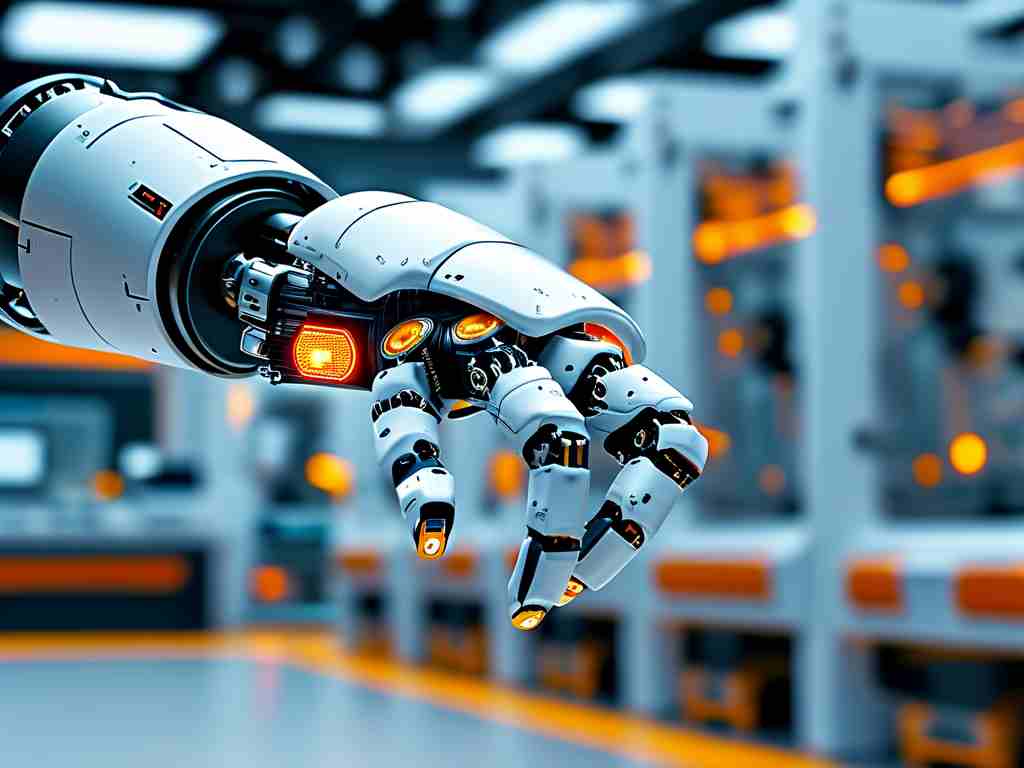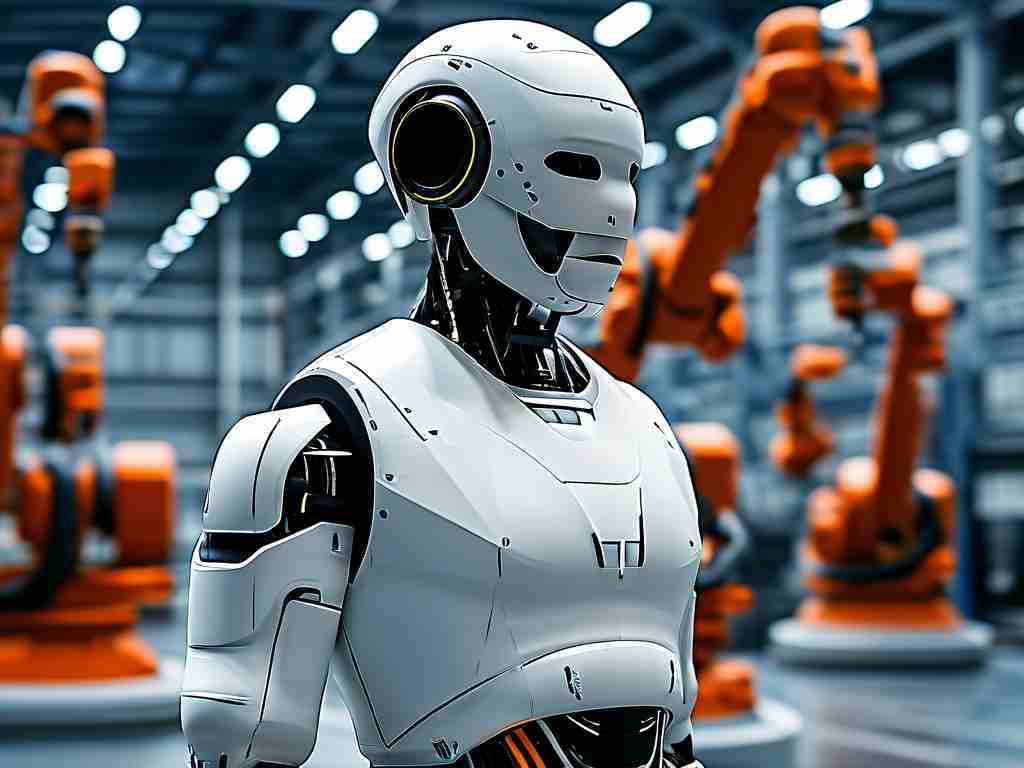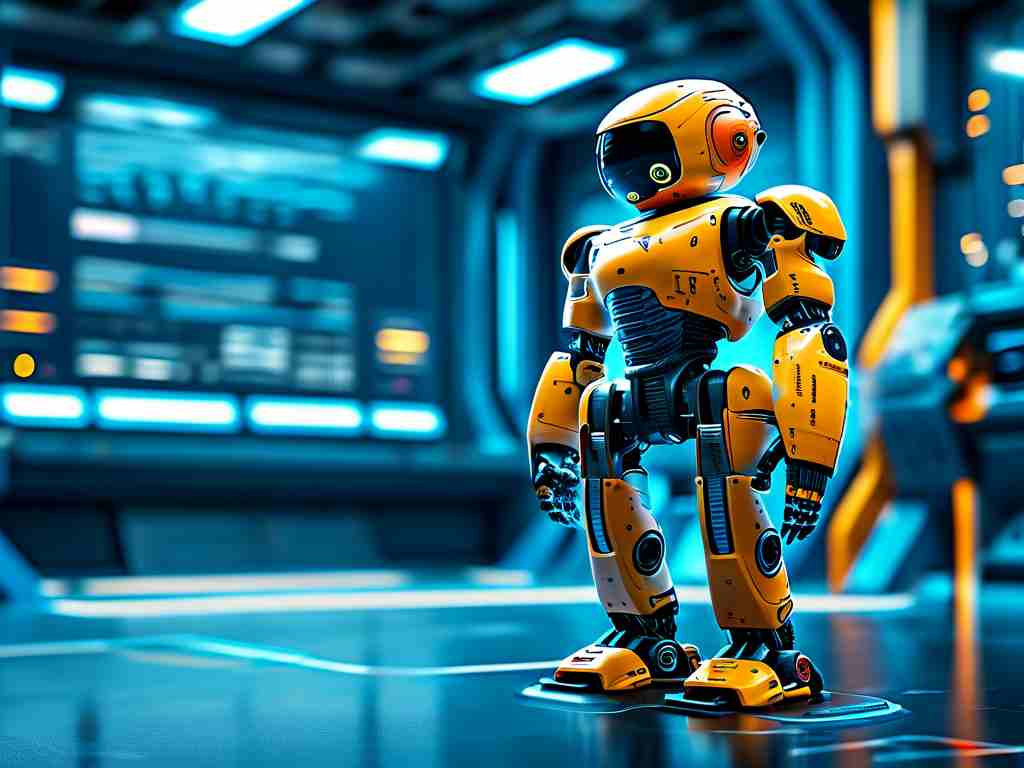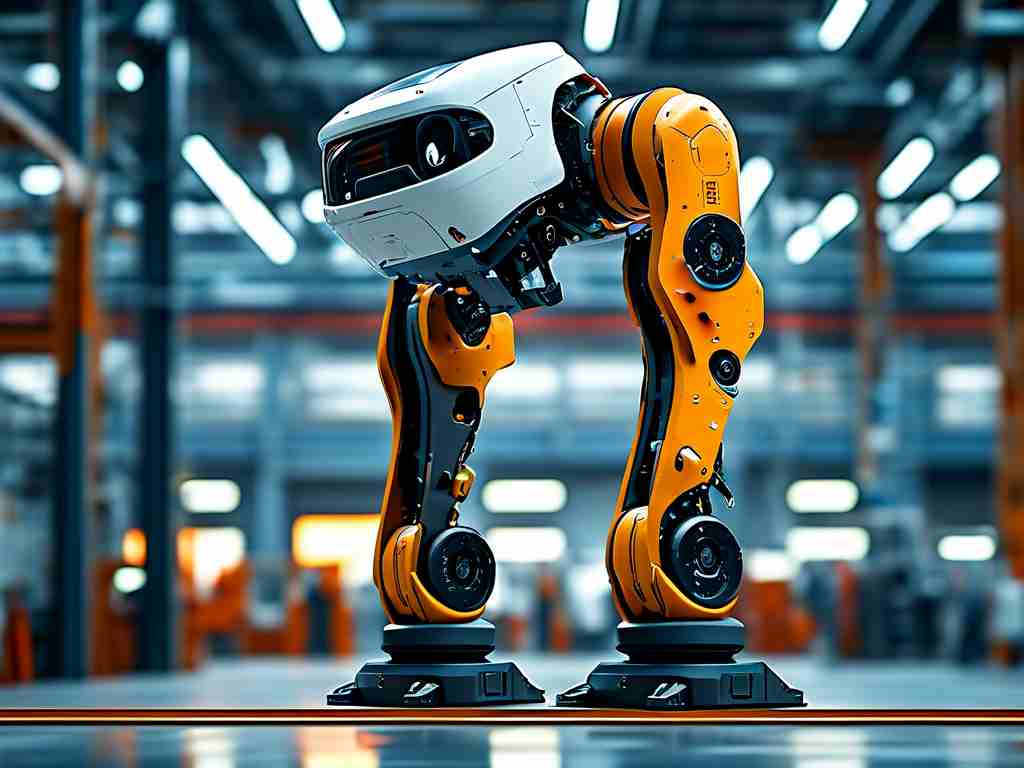Robot tactile technology represents a groundbreaking advancement in robotics, enabling machines to perceive and interact with their environment through touch, much like humans do. This technology relies on sophisticated sensors that detect physical stimuli such as pressure, texture, vibration, and temperature, converting them into electrical signals for robotic systems to interpret. The core principles involve mimicking the human sensory system, where receptors in the skin respond to external forces. For instance, piezoelectric sensors generate voltage when subjected to mechanical stress, allowing robots to gauge pressure changes during tasks like grasping objects. Similarly, capacitive sensors measure changes in electrical capacitance as objects approach or contact the surface, providing high-resolution data on surface contours. Optical tactile sensors use light-based methods, such as cameras or fiber optics, to track deformations in soft materials, offering precise feedback on textures and shapes. These sensors integrate seamlessly with robotic algorithms, which process the data using machine learning models to enhance decision-making, such as adjusting grip strength or avoiding obstacles.

Beyond hardware, the working principle extends to how signals are processed. When a robot's tactile sensor encounters an object, it captures minute variations—like the difference between a smooth metal surface and a rough fabric—through analog-to-digital converters. This data feeds into control systems that execute real-time responses, such as halting movement upon detecting excessive force to prevent damage. For example, in industrial automation, robots equipped with tactile feedback can assemble delicate electronics by sensing component alignment, reducing errors and improving efficiency. In healthcare, robotic prosthetics use tactile sensors to restore sensation for amputees, enabling them to feel textures and adjust grip intuitively. The underlying physics involves principles from materials science and electronics; piezoresistive elements, for instance, change resistance under pressure, translating into measurable current flows. Challenges persist, however, including achieving high sensitivity without false positives and ensuring durability in harsh environments. Researchers are addressing these by developing flexible, skin-like sensors using nanomaterials like graphene, which offer superior conductivity and adaptability.
Looking ahead, the evolution of robot tactile technology promises transformative impacts across sectors. In consumer robotics, it could lead to more intuitive household assistants that safely handle fragile items. Autonomous vehicles might incorporate tactile systems to detect road conditions, enhancing safety. As AI advances, integrating deep learning with tactile data will enable predictive behaviors, such as anticipating slip risks during manipulation. Ultimately, this field bridges the gap between machines and human-like interaction, fostering innovations that could redefine industries while raising ethical considerations about autonomy and safety.









